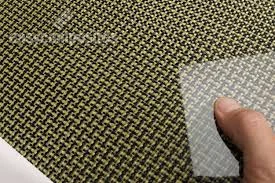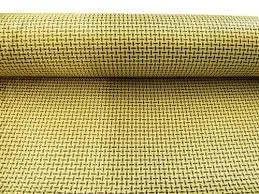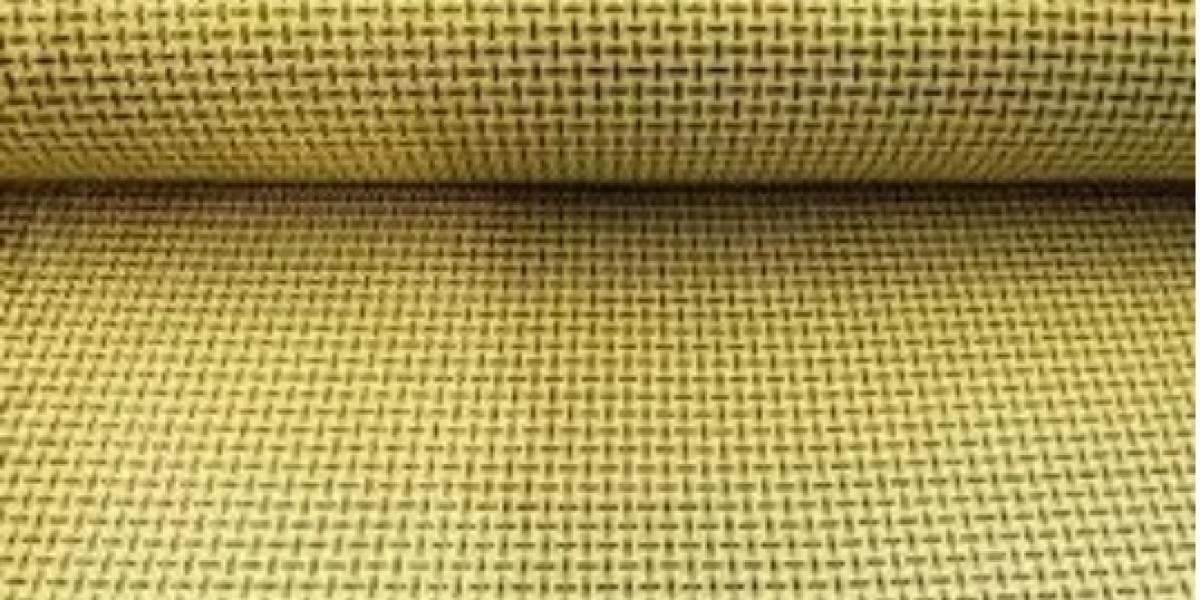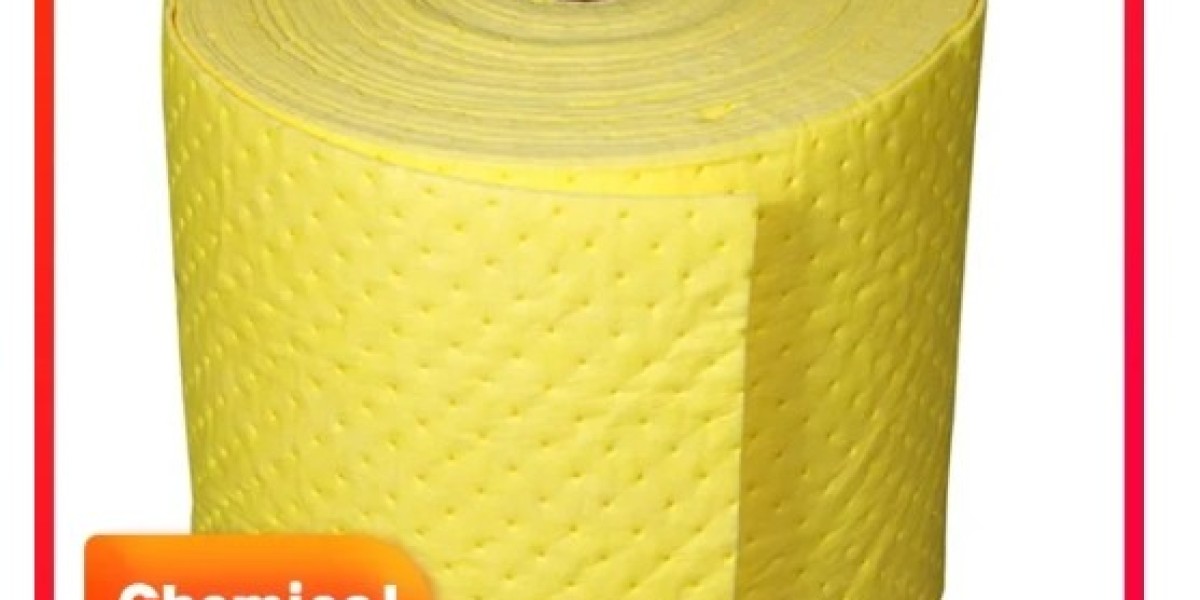In the world of high-performance materials, carbon fiber and aramid fiber have long been recognized for their exceptional properties. However, when combined in a hybrid fabric, their synergistic effects can create a material that surpasses the individual strengths of each fiber. This article will delve into the benefits of plain weave carbon-aramid hybrid fabric and its applications in various high-performance industries.
1. Understanding Carbon Fiber and Aramid Fiber
1.1 Carbon Fiber:
Carbon fiber is a lightweight and high-strength material known for its excellent tensile strength and stiffness. It is composed of thin, tightly woven carbon strands that are highly resistant to corrosion and fatigue. Carbon fiber is widely used in aerospace, automotive, and sports industries due to its exceptional mechanical properties.
1.2 Aramid Fiber:
Aramid fiber, is a synthetic fiber known for its exceptional strength-to-weight ratio and resistance to impact, heat, and chemicals. Aramid fibers possess high tensile strength and are commonly used in ballistic protection, aerospace, and automotive applications.

2. The Synergistic Effects of Carbon-Aramid Hybrid Fabric
2.1 Enhanced Strength and Stiffness:
By combining carbon fiber and aramid fiber in a plain weave hybrid fabric, the resulting material exhibits enhanced strength and stiffness. Carbon fiber contributes to the overall tensile strength and stiffness, while aramid fiber enhances impact resistance and toughness. This combination makes the hybrid fabric ideal for applications that require both strength and flexibility.
2.2 Improved Impact Resistance:
Aramid fibers are known for their exceptional impact resistance, making them suitable for applications where protection against high-velocity impacts is crucial. When combined with carbon fiber, the hybrid fabric can withstand impacts without compromising its structural integrity. This property is particularly valuable in industries such as aerospace, defense, and automotive, where protection against impacts is essential.
2.3 Excellent Fatigue Resistance:
Fatigue resistance is a critical factor in high-performance applications, as materials are subjected to repetitive loading and unloading cycles. Carbon fiber provides excellent fatigue resistance, while aramid fiber further enhances this property. The hybrid fabric's ability to withstand cyclic loading makes it ideal for applications that require long-term durability, such as wind turbine blades and sporting equipment.
3. Applications of Plain Weave Carbon-Aramid Hybrid Fabric
3.1 Aerospace Industry:
The aerospace industry demands lightweight materials with exceptional strength and impact resistance. Plain weave carbon-aramid hybrid fabric finds applications in aircraft structures, including fuselage panels, wings, and rotor blades. The hybrid fabric's ability to withstand high-velocity impacts and fatigue loading makes it an ideal choice for aerospace applications.
3.2 Automotive Industry:
In the automotive industry, weight reduction is a key focus to improve fuel efficiency and performance. Carbon-aramid hybrid fabric is used in the manufacturing of lightweight body panels, reinforcing structural components, and crash-resistant parts. The hybrid fabric's combination of strength, stiffness, and impact resistance contributes to improved safety and performance in vehicles.
3.3 Sports and Recreation:
Sports equipment, such as bicycles, tennis rackets, and hockey sticks, benefit from the use of plain weave carbon-aramid hybrid fabric. The hybrid fabric's lightweight nature, combined with its exceptional strength and impact resistance, enhances the performance and durability of sporting equipment. Athletes can rely on the hybrid fabric to provide the necessary strength and flexibility required for optimal performance.

Conclusion
Plain weave carbon-aramid hybrid fabric offers a unique combination of properties that make it a highly sought-after material in high-performance applications. Its enhanced strength, stiffness, impact resistance, and fatigue resistance make it suitable for a wide range of industries, including aerospace, automotive, and sports. As companies like HengZhong continue to innovate and refine the manufacturing processes, the potential applications for this hybrid fabric are likely to expand, revolutionizing the way we approach high-performance materials.








